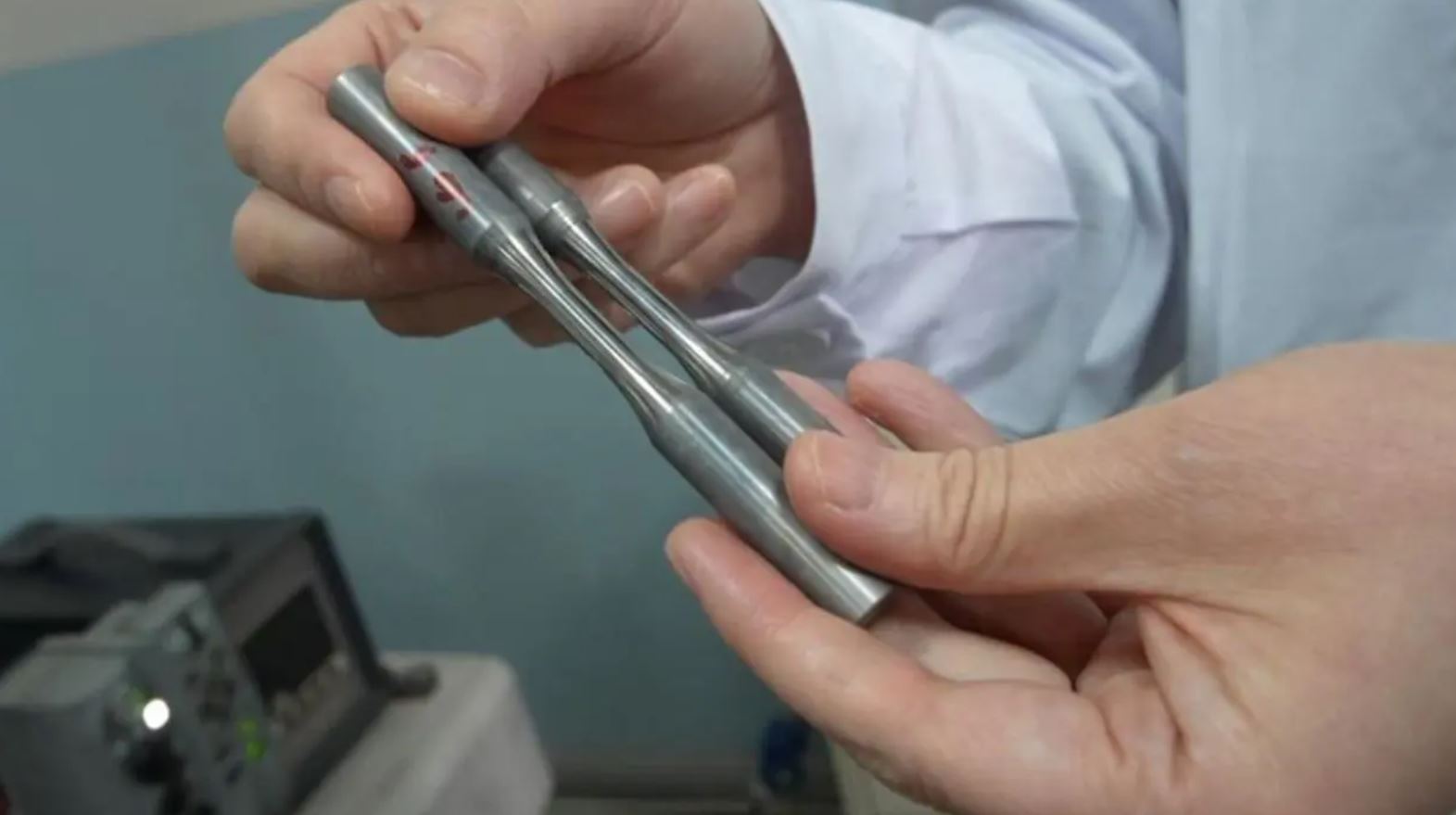 Hey there! If you’ve ever worried about metal fatigue causing failures in essential structures like bridges, you’re not alone. Thankfully, there’s exciting news from a team of researchers at the Chinese Academy of Sciences, Shandong University, and Georgia Institute of Technology. They’ve developed a novel way to make stainless steel much more resilient against this kind of wear and tear.
Hey there! If you’ve ever worried about metal fatigue causing failures in essential structures like bridges, you’re not alone. Thankfully, there’s exciting news from a team of researchers at the Chinese Academy of Sciences, Shandong University, and Georgia Institute of Technology. They’ve developed a novel way to make stainless steel much more resilient against this kind of wear and tear.
Published in Science, their study reveals a fascinating twisting technique that acts like an “anti-crash wall” for the metal. This method significantly boosts the strength and resistance to cyclic creep of stainless steel, making it a game-changer for industries that rely on durable materials.
Metal fatigue happens when metals bend repeatedly, which can lead to catastrophic failures. Scientists have been trying to solve this issue for a long time, and this new approach focuses on austenitic 304 stainless steel. By carefully twisting the metal, they create a unique structure at the microscopic level, forming a submicron-scale, three-dimensional pattern.
Under the microscope, this structure shows an ultra-fine, sub-10 nanometer lamellar configuration. It cleverly prevents dislocation by stopping stacking faults, almost like building walls within the metal. These “walls” act like springs, absorbing impacts and evenly enhancing resistance to cycle creep.
The results are impressive. The treated metal’s strength increased by a factor of 2.6, and it reduced strain from ratcheting by two to four orders of magnitude compared to untreated samples. This means products made with this metal could be up to 10,000 times more resistant to fatigue! It’s a huge win for industries like aerospace, where durability is crucial.








